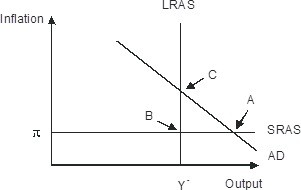Your text refers to airlines as "The Kings of Price Discrimination." Why is price discrimination common in the airline industry?
What will be an ideal response?
When airlines fly with empty seats, they lose the revenue that could have been earned from selling tickets for those seats that they can never recover. In addition, the marginal cost of flying one more passenger is very low. Therefore, airlines have an incentive to sell tickets for as many seats as they can, even if the price is low. This strategy will be profitable only if the airlines can prevent those who buy tickets at low prices from reselling them to other passengers at higher prices. Since the 1980s, airlines have used computer models to adjust prices for each seat on all of their flights. Airlines can divide their customers into two main categories: business travelers, who have inflexible schedules and often cannot book their flights very far in advance, and leisure travelers who are more flexible about when they travel and are more sensitive than business travelers to changes in price. By placing restrictions on who can purchase low-price tickets, airlines can force business travelers to pay high prices while attracting leisure travelers with low prices.
You might also like to view...
Refer to the figure below. In response to gradually falling inflation, this economy will eventually move from its short-run equilibrium to its long-run equilibrium. Graphically, this would be seen as 
A. long-run aggregate supply shifting leftward B. Short-run aggregate supply shifting upward C. Short-run aggregate supply shifting downward D. Aggregate demand shifting leftward
Since World War II, about ______ out of every ten family farms have disappeared.
A. one B. three C. five D. seven
The optimal bidding strategy for a second-price auction is
a. To bid your true value b. To shade your bid well below your true value c. To shade your bid just a little below your true value d. To size up your competition to determine how much to shade your bid
Farm productivity per acre grew most rapidly after
a. the Revolutionary War b. the Civil War c. World War I d. the 1929 stock market crash e. World War II